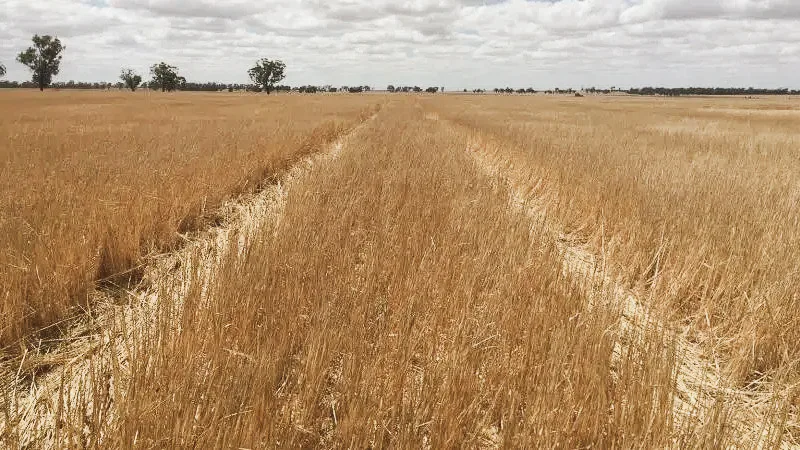Does increasing soil carbon in sandy soils increase soil nitrous oxide emissions from grain production?
Louise Barton, Frances Hoyle, Daniel Murphy
DPIRD
2015

Abstract
Increasing soil organic carbon is promoted as a strategy for sequestering carbon dioxide and mitigating anthropogenic greenhouse gas emissions. International research demonstrates increasing soil organic carbon benefits crop productivity, but also enhances other greenhouse gas emissions including nitrous oxide and methane.
Our 2.5 year field-based study concluded that land management practises that increase soil organic carbon in Western Australia’s sandy cropping soils should be encouraged. Increasing soil organic carbon benefited grain yield and increased plant available nitrogen, and showed
potential to decrease nitrogen fertiliser inputs.
Although increasing soil organic carbon increased soil nitrous oxide emissions (and inhibited methane uptake), losses were modest (0.08–0.12% of applied nitrogen fertiliser) and significantly less than the international default value (1.0%). This finding, and past research in south-western Australia, supports lowering Australia’s current emission factor (0.3%) for calculating nitrous oxide losses from the application of nitrogen fertiliser to rainfed cropping soils in Australia’s semi-arid regions.
Growers should also be encouraged to modify nitrogen fertiliser inputs to reflect changes in plant available nitrogen resulting from improvements in soil organic carbon. This will require fertiliser decision support models to accurately predict soil nitrogen supply. Optimising nitrogen fertiliser inputs will increase profitability for growers, plus minimise soil nitrous oxide emissions.
Tagged daniel murphy, frances hoyle, grains, louise barton, nox emissions, sand, soil carbon